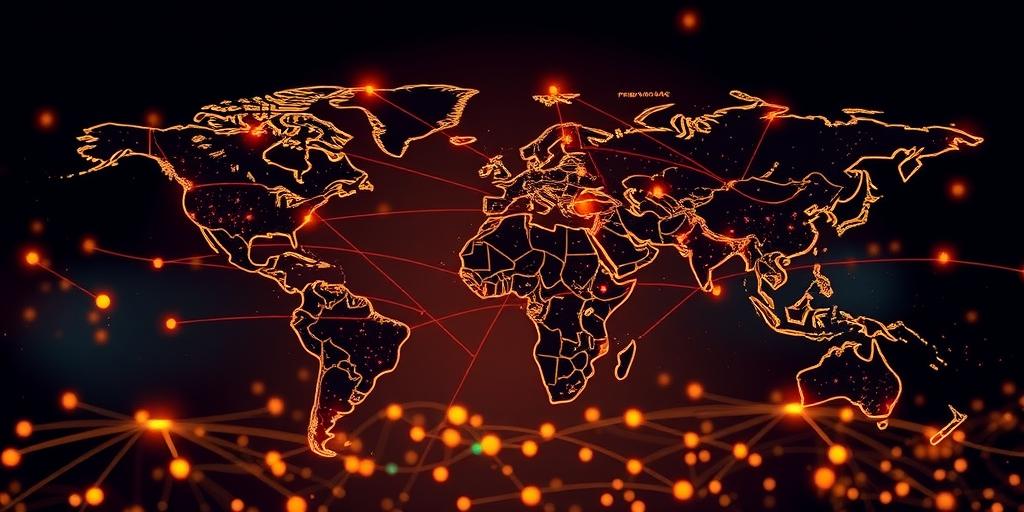Mapping Global Power Dynamics
In an increasingly interconnected world, understanding the dynamics of global power is crucial for policymakers, business leaders, and informed citizens alike. This post provides an overview of the key factors shaping the international landscape, examining the distribution of power, the actors involved, and the forces driving change.
Defining Global Power
Global power refers to the ability of a state, organization, or individual to influence events and outcomes on a global scale. This influence can be exerted through various means, including:
- Economic strength: Control over resources, trade, and financial systems.
- Military might: Capacity to project force and deter aggression.
- Cultural influence: The spread of values, ideas, and lifestyles.
- Diplomatic leverage: The ability to shape international norms and institutions.
- Technological advancement: Innovation and control over key technologies.
Key Actors in Global Power
While nation-states remain central to the global power structure, other actors play increasingly significant roles:
- Major Powers: The United States, China, Russia, and the European Union wield significant influence due to their economic, military, and political capabilities.
- Regional Powers: Countries like India, Brazil, and Saudi Arabia exert influence within their respective regions.
- International Organizations: The United Nations, World Bank, and International Monetary Fund shape global governance and development.
- Multinational Corporations: Companies like Apple, Amazon, and Toyota have immense economic power and influence global supply chains.
- Non-Governmental Organizations (NGOs): Organizations like Doctors Without Borders and Amnesty International advocate for human rights and provide humanitarian assistance.
- Individuals: Influential figures like Bill Gates, Elon Musk, and Greta Thunberg can shape global discourse and policy.
Factors Shaping Global Power Dynamics
Several key trends are reshaping the distribution of global power:
- Economic Shifts: The rise of China and other emerging economies is shifting the center of economic gravity away from the West.
- Technological Innovation: Advances in artificial intelligence, biotechnology, and renewable energy are creating new opportunities and challenges for global power.
- Demographic Trends: Aging populations in developed countries and rapid population growth in developing countries are altering the global demographic landscape.
- Climate Change: The impacts of climate change are exacerbating existing inequalities and creating new sources of conflict and instability.
- Geopolitical Competition: Competition between major powers is intensifying in areas such as trade, technology, and military presence.
Implications for the Future
Understanding global power dynamics is essential for navigating an increasingly complex and uncertain world. By analyzing the key actors, forces, and trends shaping the international landscape, we can better anticipate future challenges and opportunities.









